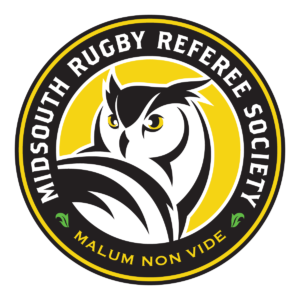The technical zone is crucial for player safety, event organization, and spectator enjoyment. It is easy to mark the areas with a rope/divider, cones, pain, and good communication amongst all participants.
The following are features of an adequate technical zone:
- The technical zone is defined as the space in front of the rope/barrier between the 10 m line and the 20 m line.
- The technical zone ends 2 m from the touchline to give room for players and referees.
- Coaches may not enter another team’s technical zone or leave their own technical zone.
- No more than 2 coaches are allowed in the technical zone.
- Coaches should never enter the field of play or the in-goal area or anywhere of the field of play, during a match.
- Uncertified coaches should not be in the technical zone.
- The 4th official, sub controllers, technical zone manager, and statistician may occupy the space between the 10 m lines, which is the administrative area.

- Chairs may be in the administrative area for any suspended players.
- A coach or player may not enter the administrative area unless as necessary for substitutions and replacements.
- A team may have 2 medical professionals to roam either sideline and are not confined to the technical zone.
- Only one medical professional per team is allowed per side of the field.
- A 2nd medical professional must be across from the 1st medical professional on opposite sidelines.
- Coaches are not allowed onto the field with medical personnel, unless explicitly allowed by the match official.
- Medical personnel should introduce themselves to the match officials before the match begins.
- Team benches should also be between the 10 m line and a 20 to me and behind the rope/divider, i.e. behind the teams technical zone.

- Spectators should be on the opposite side line from the teams unless a 2nd rope is present to prevent mixing of spectators with players, staff, and administrators.
- water carriers must stay behind the rope unless a match official signals that they may enter the playing area.
- Water carriers should endeavor to wear a top that contrasts with jerseys of players on the field.
- Coaches may not serve as water carriers.
- Water carriers should not be in the technical zone.
- Coaches should not enter the playing area after a score.
- If required, teams must warm up in the in-goal into which they are attacking, not the in-goal which they are defending.
- Players warming up must wear a contrasting top.
- Teams should not warm up with balls, cones, or other equipment if they are warming up in the in-goal.
- Players moving from the team bench area to the warm-up area must not enter the field of play.
